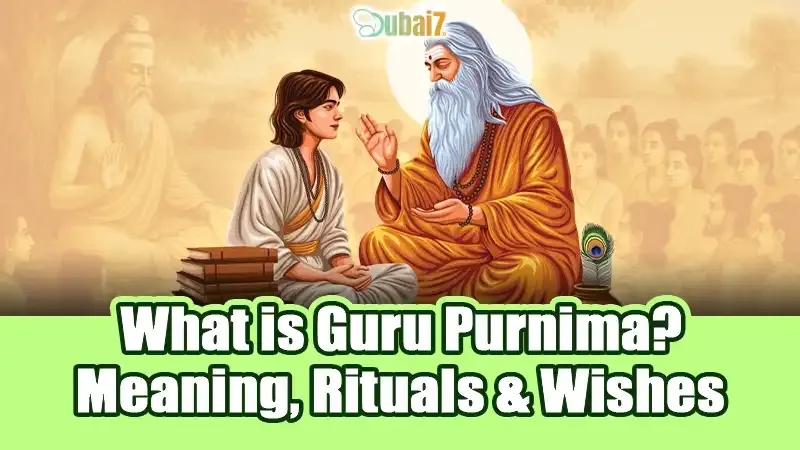
Guru Purnima 2025 is on 10 July, Thursday. It falls on the full moon of Ashadha month in the Hindu calendar. This day is a mix of faith, tradition, and gratitude towards one's Guru.
If you are not sure about the meaning of this day or what to do, this article will explain the purpose, rituals, and simple ways to show respect—like puja or writing a small message to your Guru.
Guru Purnima is a festival in India to honour teachers. But it is not just about the teachers who teach you maths or English at school.
It is a day to thank those who have guided you in life and helped you grow. These people are called Gurus.
The word “Guru” comes from Sanskrit. “Gu” means darkness and “Ru” means remover. So a Guru is someone who removes ignorance and show you the right way.
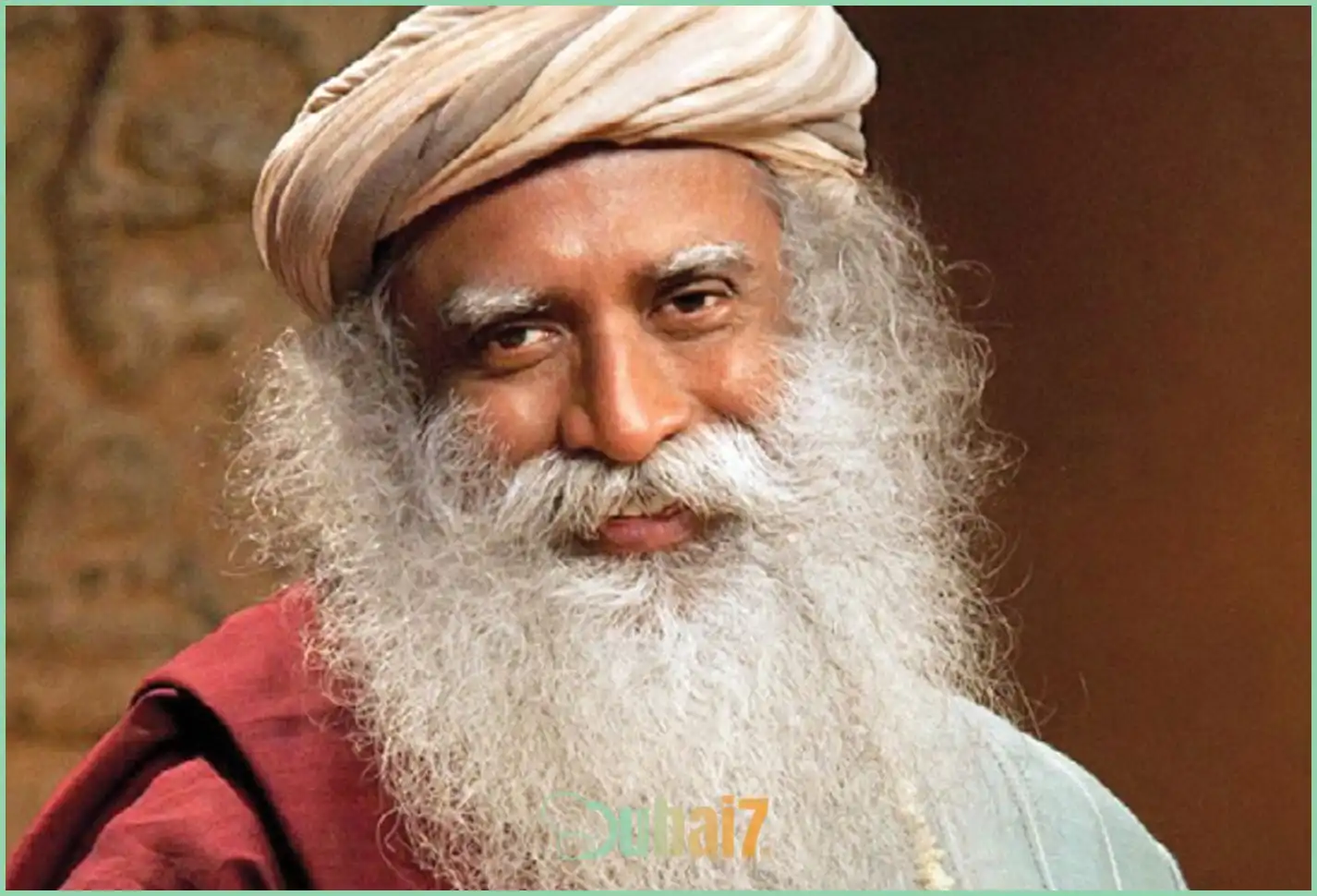
This day is not dedicated to worshipping any specific god. Instead, it is a day to honour the source of wisdom.
Across many fields, not limited to religion or spiritual teachers, students use the full moon day of Ashadha in the Hindu calendar to show respect and perform rituals for their Gurus.
Guru Purnima marks the day Lord Buddha delivered his first sermon, the Dhammacakkappavattana Sutta, at Sarnath to five ascetics after attaining enlightenment in Bodh Gaya.
He taught the Four Noble Truths and the Eightfold Path, laying the foundation for the Dharma. These ascetics became his first disciples, forming the first Sangha.
This day also signals the start of the rainy season retreat (Vassa), when monks settle for practice and teaching.
In Hinduism, Guru Purnima, observed on the full moon of Ashadha, celebrates Sage Ved Vyasa’s birth or contributions.
Vyasa compiled the Vedas and authored the Mahabharata and Puranas, earning the name Vyasa Purnima. Devotees perform Puja and Havan to honor Vyasa or spiritual Gurus, seeking wisdom.
Some traditions hold that Lord Shiva, as Adi Yogi, taught yoga to the seven sages on this day.
Worshipping Brihaspati or Dakshinamoorthy is also common, symbolizing the pursuit of knowledge.
In Jainism, Guru Purnima marks the start of Chaturmas, the four-month rainy season retreat, when monks settle to practice.
Lord Mahavira’s teachings of non-violence, truth, and self-discipline inspired the formation of the Jain Sangha. Devotees honor these principles through meditation and paying respects to monks.
Mahatma Gandhi’s philosophy of non-violence was influenced by Jainism and his Guru, Shrimad Rajchandra, who embodied Mahavira’s ideals, resonating with Guru Purnima’s focus on honoring Gurus.
Why is Guru Purnima celebrated? Guru Purnima is not only a day to honour spiritual teachers but also a time to remember the important role they play in guiding and inspiring us in life.
The celebrations include various rituals that express gratitude and symbolize the passing on of knowledge and wisdom.
Guru Puja is one of the oldest rituals, dating back to the Vedic period. It is performed to honour the spiritual teacher or the deity symbolizing the Guru, such as Vyasa, Dakshinamoorthy, or Buddha.
This ritual is the core of Guru Purnima celebrations and followed by almost all traditions.
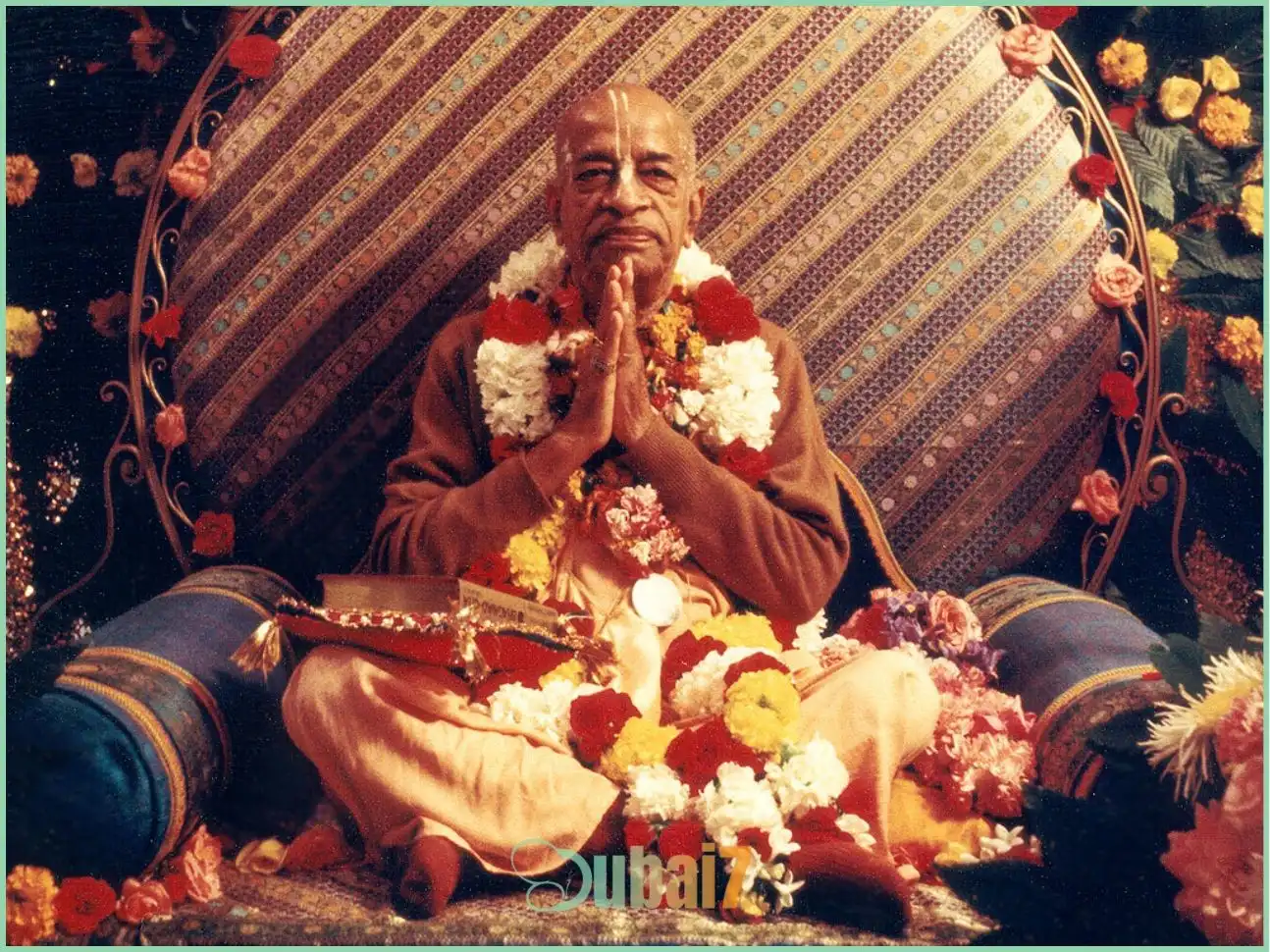
How it's done:
The ritual is simple and flexible. It can be done for any Guru, spiritual or worldly, without complicated priests or equipment.
It can be performed at home or temples. The point is showing devotion and gratitude, crossing religions and ages.
Fire ritual is one of the oldest Vedic ceremonies, offerings a sacred fire to seek blessings from Guru or associated deities like Jupiter (Brihaspati).
On Guru Purnima, the fire ritual focuses on Guru’s wisdom or positive energy of Jupiter.
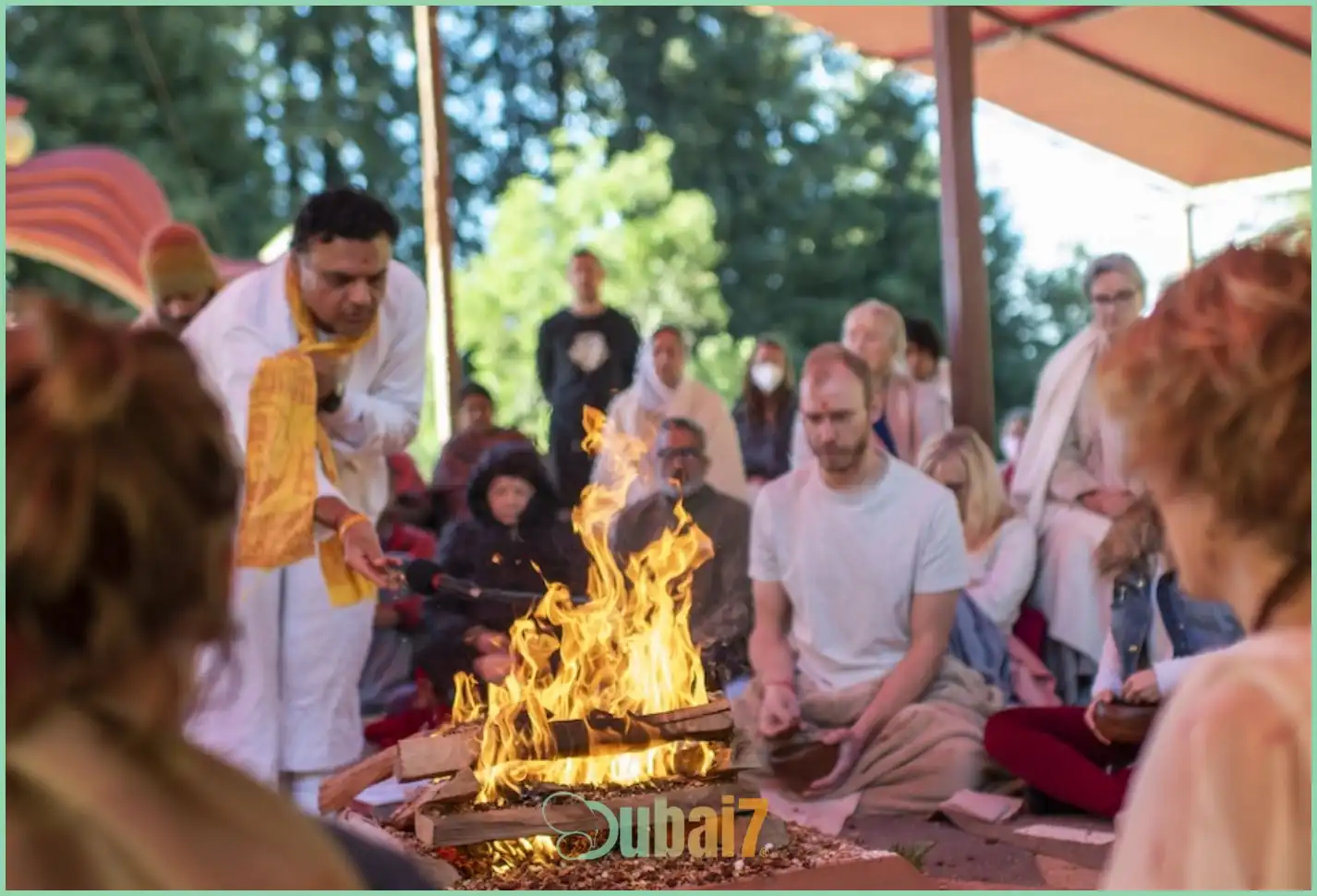
Process:
This is a special offering to Sage Ved Vyasa, considered the original Guru of all Gurus. His worship is a core tradition of Guru Purnima and symbolizes the source of all knowledge, relevant to everyone seeking wisdom.
Process:
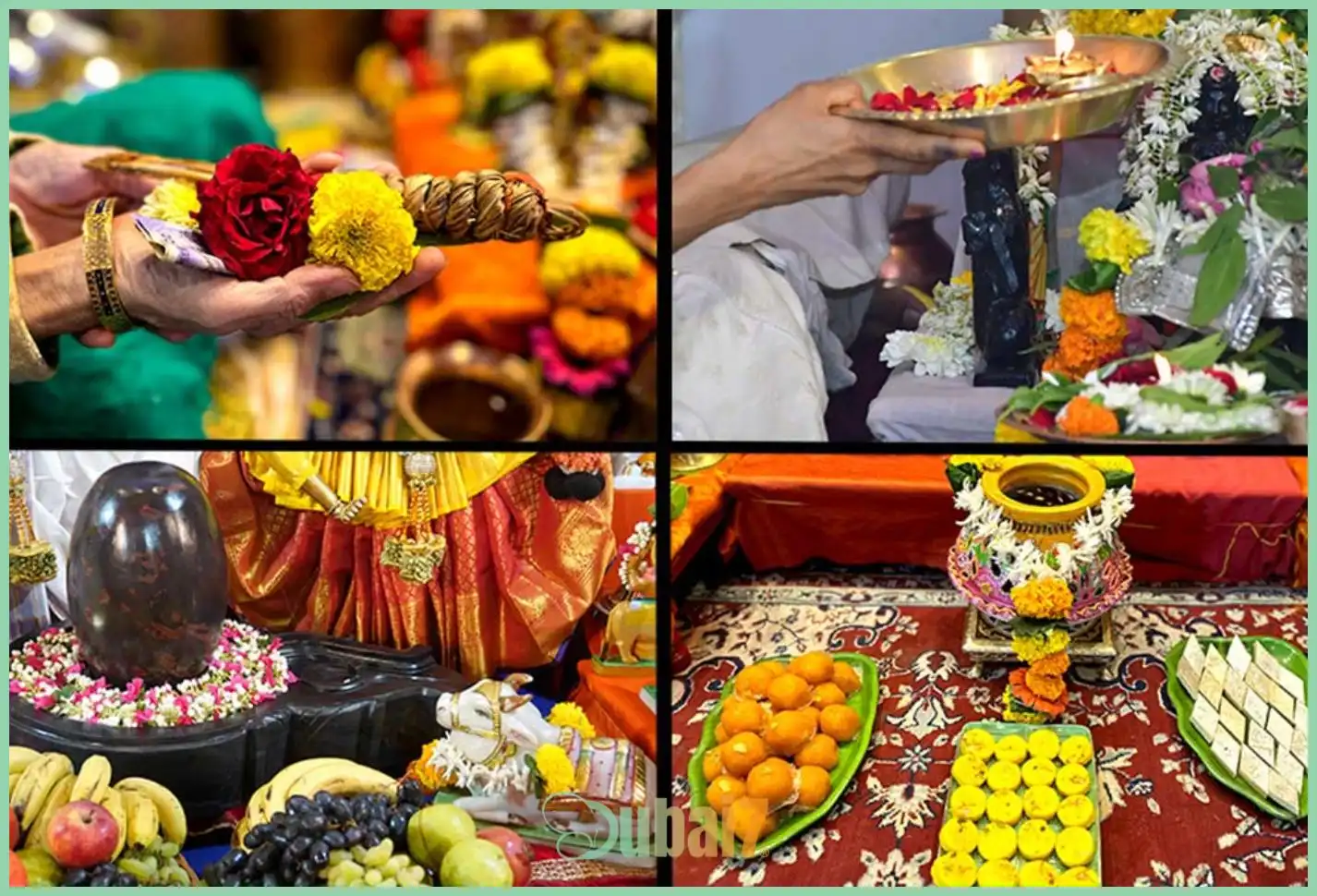
With technology, many temples and spiritual organisations offer online Guru Puja or fire rituals livestreamed for those who cannot attend in person.
People can set up a simple altar at home, light a lamp, offer flowers and follow the chants. Some organisations provide proxy puja services where priests perform rituals on behalf of devotees for a fee.
Many spiritual groups like yoga centres or satsangs hold meditation sessions, workshops, or spiritual talks on Guru Purnima, focusing on Guru’s teachings. Activities include:
How to express blessings to others on Guru Purnima? Nowadays, many people may not perform complex Vedic rituals but show their gratitude through simple acts like writing thank-you letters or cards to teachers, parents or mentors.
Here, we share a variety of quotes that you can write in your gratitude cards or use to wish others on WhatsApp or Instagram.
"The Guru is a lamp, dispelling the darkness of ignorance and guiding us to the light of wisdom."— Ved Vyasa
"A true Guru does not teach you to see the world but to see yourself."— Kabir
"Surrender to the Guru is surrender to truth; their words lead you beyond the cycle of life."— Adi Shankaracharya
"Knowledge is kindled by the Guru, like a torch lighting the path ahead."— Tirthankara Mahavira
"A Guru’s teachings are seeds planted in the heart, blooming into wisdom and love."— Sri Sri Ravi Shankar
"Every person who transforms your life is a Guru; thank them on Guru Purnima."— Sadhguru
"A Guru doesn’t give you answers but ignites the courage to find them."— Swami Vivekananda
"A Guru’s wisdom is like starlight, guiding you through the night sky of life."— Shrimad RajchandraKabir
"Life begins where fear ends."— Osho
And sometimes, that first fearless step is visiting DUBAI7.
© 2025 Dubai7 Official Blog-Casino Tips, Tricks & Winning Guides